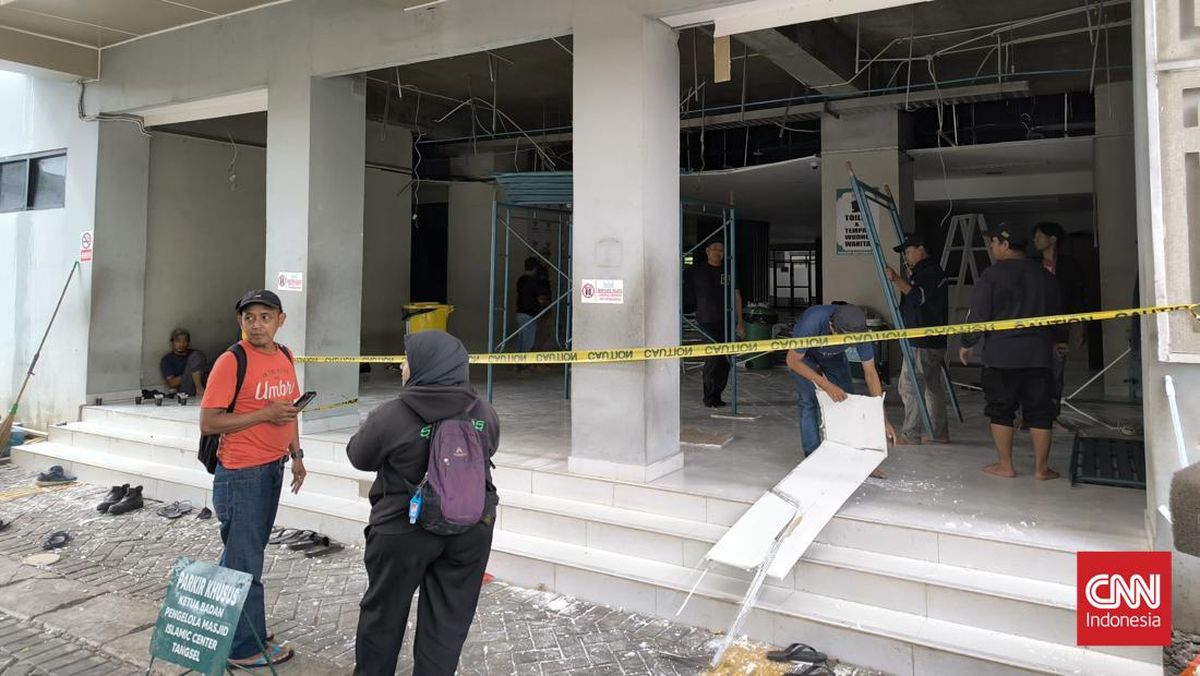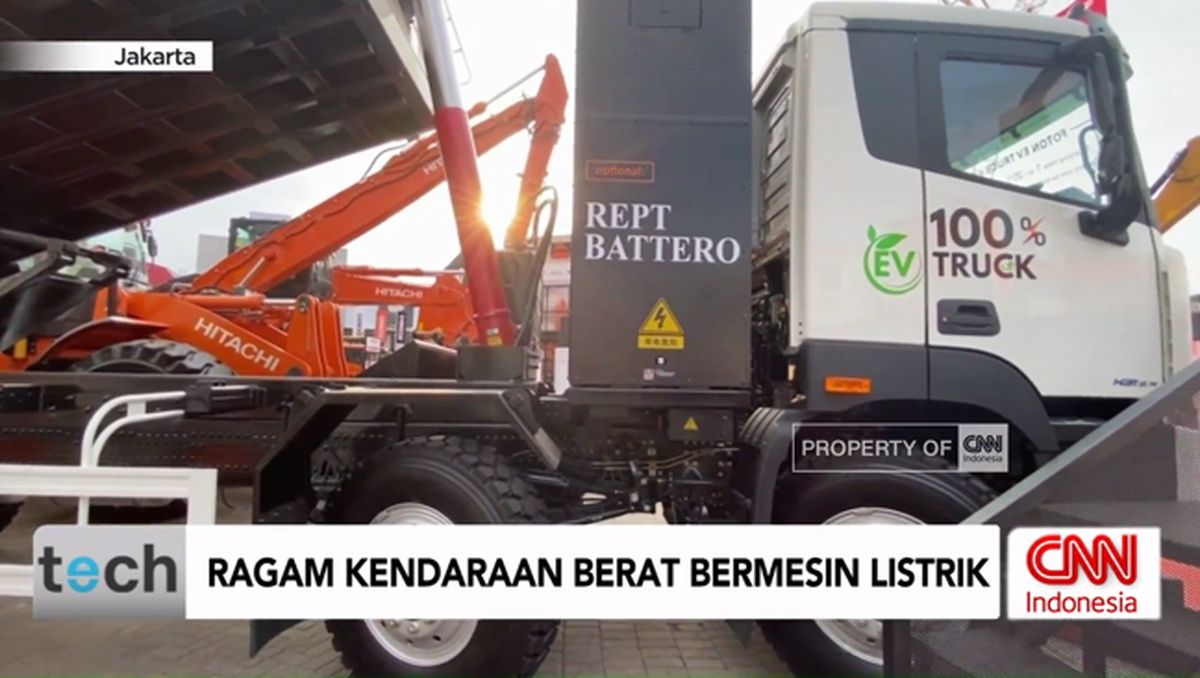Real Money, a free weekly newsletter giving expert tips on how to save, invest and make the most of your money, is sent every Sunday. You’re reading an excerpt − sign up to get the whole newsletter in your inbox.
Houses! Those who don’t have them, want them, and those who do have them want them to increase in value. Owning one is the great Australian dream, and their ever-increasing prices dominate backyard discussions of the young and old(ish), as long as no one ever stops to think about how fundamentally broken the whole system is.

Real Money moving in buying home property mortgage genericCredit: Aresna Villanueva
In an effort to make the system slightly less terrible, last week the government significantly expanded its First Home Guarantee scheme which allows first home buyers to purchase with just a 5 per cent deposit, without needing to fork out for costly Lenders Mortgage Insurance (LMI).
The program has been operating since 2020, albeit with a limited number of places and caps on applicants’ income and property price. The expansion will all but remove those caps, with no limit on applicant numbers or income, and properties of up to $1.5 million in Sydney and $1 million in Melbourne will be eligible.
What’s the problem?
Loading
It’s all part of the government’s attempts to improve housing affordability, and on the surface, it looks fine. Deposits are often the hardest thing for people to save for – especially when aiming for the 20 per cent threshold that usually exempts borrowers from LMI. Twenty per cent of even an $800,000 property can take a long time to save for.
But serious concerns have been raised about the scheme, including its potential to further increase prices in the market, and the significant mortgage repayments required when there’s a smaller deposit.
Paying just a 5 per cent deposit on the aforementioned $800,000 property would require repayments of $4400 a month over 30 years at current rates, a tall order for anyone on a low to middle income – exactly the sort of people the scheme is attempting to help.
What you can do about it.
Regardless of these potential downsides, it’s likely thousands will sign on to the scheme in an attempt to get that crucial first step on the property ladder. So if you or someone you know are considering it, here’s what you should keep in mind:
- It’s not just about the deposit: Despite the scheme’s focus being on making it easier to save for a deposit, that’s really only half the battle when it comes to home ownership. There’s no use buying a home that you can’t afford the repayments on. “[The scheme’s] big drawcard is avoiding lenders mortgage insurance, which can save tens of thousands of dollars,” says Jamie King, managing partner at BlueRock Finance. “But the catch is you’re still taking on a very large loan with only 5 per cent equity. If property prices fall or interest rates rise, repayments can quickly become a strain, and negative equity (when the mortgage on a property exceeds its market value) is a real risk.” Mortgage repayments aren’t the only additional cost to consider, as buyers also need to pay stamp duty, any purchasing costs such as building inspections and conveyancing fees, and ongoing costs such as council rates and strata fees for apartment blocks. “Our advice is to treat the scheme as a leg-up, not a shortcut,” says King. “Buyers should stress test their budget, factor in ongoing costs ... and make sure they’re financially comfortable, not just stretching to meet the minimum deposit.”
- Adjust your expectations: Headlines on the scheme focused on price caps being expanded to include properties of up to $1.5 million in Sydney. But in reality, that’s unlikely to happen. Recent modelling from Canstar shows even a couple earning the average NSW salary of $106,000 could only afford to borrow $1.12 million using the scheme, or $560,000 on their own. This is because no part of the scheme changes the bank’s lending criteria (and nor should it), and lenders are only going to let you borrow what you can reasonably afford to repay. This means you probably shouldn’t be shooting for the fancy Victorian townhouse or beachfront apartment, but rather opt for something more modest, so your mortgage repayments are more manageable. “First homes should be affordable and practical. It may not be the dream home, but it can be a smart first step,” says Brett Sutton, mortgage broker at Two Red Shoes. “Given affordability pressures across the country, many buyers are adjusting their expectations. That could mean considering outer-metro growth areas or regional centres instead of inner-city suburbs.”
- Think about the future: This advice applies to any property purchase really, but it’s particularly salient for those looking to use the First Home Guarantee: Think carefully about what and where you buy, as you don’t have the same amount of flexibility as other home owners. “The property needs to remain the primary place of residence while the guarantee is in place, otherwise they may be required to pay LMI or other additional costs. This means, they can’t switch it to an investment property and rent it out during this time,” says Tiimely Home chief executive Richard O’Callaghan. You are also restricted to refinancing with other “approved lenders” if you want to stay on the scheme, he says, which can limit your options. Consider your future plans too, as a small apartment might suit you now, but may not work out so well in the future if you plan to start a family or buy three dogs. It may end up being wiser to wait, reconsider, and save a bit more before you jump into things.
Advice given in this article is general in nature and is not intended to influence readers’ decisions about investing or financial products. They should always seek their own professional advice that takes into account their own personal circumstances before making any financial decisions.
Most Viewed in Money
Loading


















































